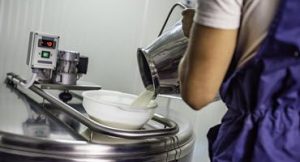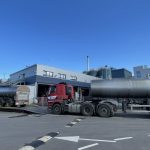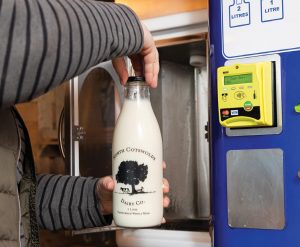
Rural poverty is something barely spoken about and rarely noticed. Some would even argue that it doesn’t exist.
But government research has shown the number of working people, children and pensioners living in poverty in rural locations is increasing, while in urban areas numbers are falling.
With changes in policy, huge rises in fuel costs and drastic cuts to public services, I bet this trend is getting worse.
The charity Action with Rural Communities in England has identified that people in rural areas are being left behind in many aspects of life compared to their urban counterparts.
The rising cost of running a vehicle and limited or non-existent public transport is leading to increased loneliness and isolation.
Lack of affordable housing, limited and poorly paid employment opportunities, and restricted access to services are contributing to the fall in living standards for rural residents across England.
Shockingly 90% of rural households are cutting back on heating and 27% are living in fuel poverty.
This is the downside to living in an old farmhouse, they might look beautiful on the outside, but they’re drafty, damp, uninsulated money pits when it comes to heating them.
Appearances are deceptive
Appearances are deceptive. Anyone living in an urban area sees us country dwellers as wealthy, healthy and happy.
It’s the aspiration of many to move to a country property and the change of demographic in villages over the past few decades illustrates this.
Affluent commuters move to rural areas, pushing up house prices and displacing young local people, then suddenly the village Facebook group is full of complaints about church bells and farm traffic.
Government decisions regarding changes to benefits are made on these wealth assumptions rather than evidence.
It’s rare for impact assessments to be performed and rural families are massively disadvantaged as a result.
The ending of child and working tax credits and rollout of universal credit has meant many farming families, who were receiving these benefits to top-up their dire wages, are no longer able to claim.
This has sent families who were on the edge spiralling into poverty, and their life chances have been reduced as a result.
Most will have heard about the Royal Agricultural Benevolent Institution school uniform grant, a fantastic initiative, and judging by the amount of uptake it was definitely needed.
They’ve recently introduced a winter fuel grant, too, helping the most vulnerable farming people to stay warm.
While these two schemes have benefited many families in the short term, it’s masking the problem, not solving it.
Relying on charity
It’s scandalous we’re at a point where producing food, one of the basic requirements for sustaining human existence, has become so poorly paid that we need to rely on a charity to clothe our kids for the new school year and heat our homes for the winter.
Farming communities are generous, you only have to look at the amount of food, produce and toys donated at various protests and rallies over the past few months to see this.
I expect the majority of this went to city-based charities.
No less deserving, I’m sure, but when the Trussell Trust has seen a 65% increase in rural families relying on food banks, I wonder if it’s time we started looking a bit closer to home for the people who may benefit from our charitable donations.
About the author
Cath Morley
You can now read the most important #news on #eDairyNews #Whatsapp channels!!!
🇺🇸 eDairy News INGLÊS: https://whatsapp.com/channel/0029VaKsjzGDTkJyIN6hcP1K




















